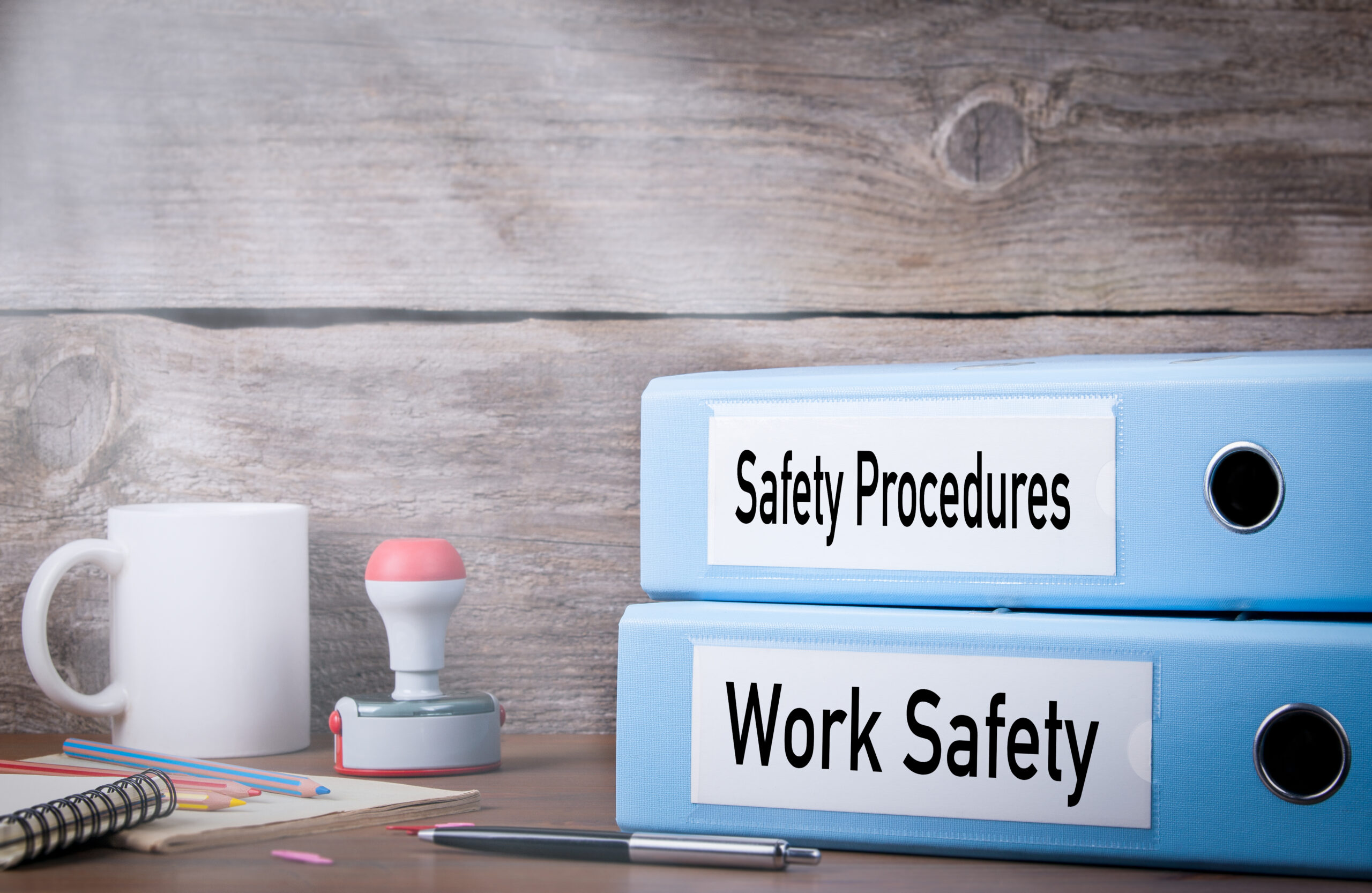If there has ever been a time when a company’s culture ambassadors and owners matter more than ever, it is now in the midst of a crisis. At this moment, the workforce needs a culture leader to calm fears, anxieties, and to help find answers to really complex and challenging questions. Traditionally, members of the HR or People Operations teams have been champions of culture, helping to build compelling cultures to help organizations grow and thrive, but today culture champions are often located throughout a company in different functions and levels. You know these people – they are the best role models and leaders of culture in how they lead and operate. Today, all the cultural foundations that have been laid in calmer times are going to be put to the test. Amidst the COVID-19 pandemic and subsequent massive economic impacts, Culture Leaders need to shift their focus to help organizations navigate through some tough times. Building new ways of organizing, communicating, and working so that organizations can optimize what is in their control. This way the right priorities (which seem to change daily) are getting the right resources and attention.
A Great Time to Leverage Generational Diversity
Many of the youngest workers in our workforce today have not seen an economic crisis such as 9-11, SARS, the dot.com bubble burst of 2002, or the second mortgage banking crisis of 2008. Older workers who were in the workforce during some of those traumatic episodes may be able to offer guidance, calm, and advice to a younger demographic. Culture leaders should find ways to connect these diverse groups as a support path through this crisis. As a Culture Leader, connecting those who’ve “been there” before is enormously constructive to allay fears and anxieties of those who haven’t. For many so-called “millennials” and Gen Zers, this is their first trauma, and thus, it’s an excellent time for “older workers” to reach out and reassure younger workers that this too shall pass. This effort will benefit both groups – the elder workers feeling valuable and useful and the younger able to calm their anxieties. Ideally, this effort will lead to tighter generational bonds in your organization as well that will be sustainable post-COVID-19.
Ramp Up Your Company Communication
If your firm has not built the pattern of regular company communications, now is a time to do so. If you met as a company once a quarter, now is the time to meet monthly or even bi-weekly. If you had 1-1 meetings with your staff every other week, now is the time to make it once a week. Human nature is such that lack of information leads us to assume the worst, so we need to plan to be more present and to communicate more. During a crisis, Culture Leaders must ensure that the communication spigot is turned on high with a bias towards, authentic, and transparent approaches. I strongly suggest that these communications be live where possible- and broadcast vs. in long email format – your teams need context, and they need to see and feel you and know they are safe, you have their back, and that they are being well lead.
Humor actually is the ultimate depressurizer here, and as you see on LinkedIn updates today – many people are using their Zoom or Skype meetings to hold virtual happy hours or even “Bring your kids to the meeting” sessions or one I recently saw was “Bring your pet to the meeting.” Aside from bringing humor – these approaches also allow people to bring their humanity to work and to lower the formal barriers to foster authentic connections and dialog – to allow for the discussion of the hard stuff. These events are critical at times where anxiety levels are high. Sometimes, it’s challenging to use humor in challenging situations when everything feels so serious and intense, but we must find lightness in all of this.
As a culture leader, we have to be hyper intentional when it comes to communicating with our workforce. The human connection element is essential. Encourage managers to have regular or even daily check-ins with their team members and for broader groups, have check-ins several times a week. Now is the time to ask more personal questions: “How are you doing?” “Are you and your family safe?” “Is there anything I or the company can do to help you?” If you’re working from home and on a team, one idea is to have everyone keep their video camera on for periods of the day so you can have ‘drop-ins” and informal catch-ups. Further, managers should be checking in with their direct reports more often than they usually would.
When times are scary, that’s when people need human connection the most. Understand and support that need within your team, even if it’s something very lighthearted to help take the edge off.
Create a Schedule That Works for Your Team
There is nothing more helpful in a time of anxiety than having a reliable and predictable schedule. While so much feels uncertain – how we approach that uncertainty can help. It feels like we’re all in an enforced “study hall” right now, meaning many businesses are in a lull as we’re trying to bend the curve and beat this virus. As a Culture Leader, help your managers put a schedule together that is tailored to individual teams. The schedule can include time for professional development and capital projects for the business that has sat on the back burner. The schedule should have more time factored in for team communications and meetings since these take longer and require more effort and intentionality when you’re working virtually or practicing social distancing.
People need connection, and they need the order to balance out the chaos. These tactics, along with consistent leadership communication, will guide how people view today’s challenges, will show them the light at the end of the tunnel, which will help keep everyone calm as we navigate this crisis. (Download Emtrain’s Work from Home Schedule)
Your workforce needs human connection right now to bend the fear curve, so work hard to help everyone to schedule more check-ins with direct reports and team members than they typically would. People need order and a schedule to feel grounded. So, create a temporary, custom schedule to support projects and development that is usually on the back burner and keep everyone on the right track until we successfully navigate our way through this crisis.
These difficult times will test how strong your culture is and how resilient it can be as well. For many of you, this may be a great time to adjust or even shift dimensions of your culture, particularly in the areas of how you meet, share information, and communicate. The companies that will thrive during a crisis are the ones who have a culture that can adapt and a culture where the trust is high, and hence this is a critical time for Culture Leaders to step up their game and make a substantial positive impact.








